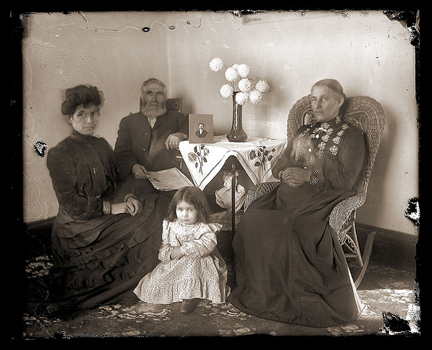

Many mothers I know, no matter how old their kids are, tell me they feel their children continue to be part of them long after birth. Despite decades having passed since the umbilical cords were cut, the ties connecting mothers to their kids can feel strong and eternal.
It appears that a strange, genetic truth backs up those instinctual feelings. Mothers may think continually of their children, but recent genetic studies show mothers also physically retain bits of their kids in their bodies.
During pregnancy, the placenta interfaces between mother and fetus. This organ consists of cells from both mother and child, and permits the mother to supply the developing fetus with oxygen, hormones, and nutrients. It also provides an avenue for the fetus to expel its own carbon dioxide and waste through the mother’s body.
Entire cells cross the placenta in both directions throughout a pregnancy. Now, multiple research studies show that a child’s genetic material can reside within the mother for decades after the child is born. The cells, with their unique genetic coding, may collect in the mother’s skin, liver, spleen, kidneys, heart, muscles, thyroid, and lungs. Research published last year indicates it even infiltrates the mother’s brain….
Read the rest of this editorial at the Victoria Times Colonist….


